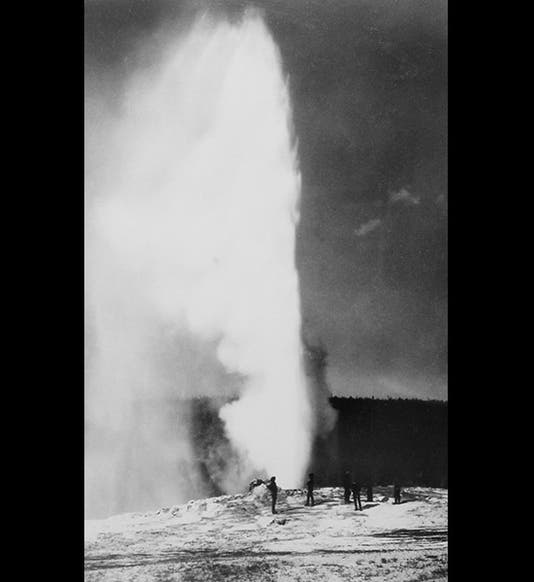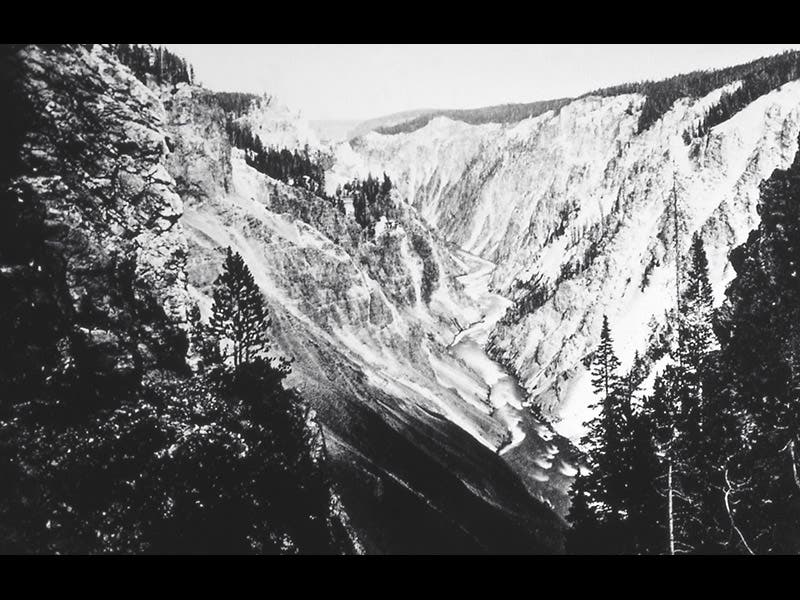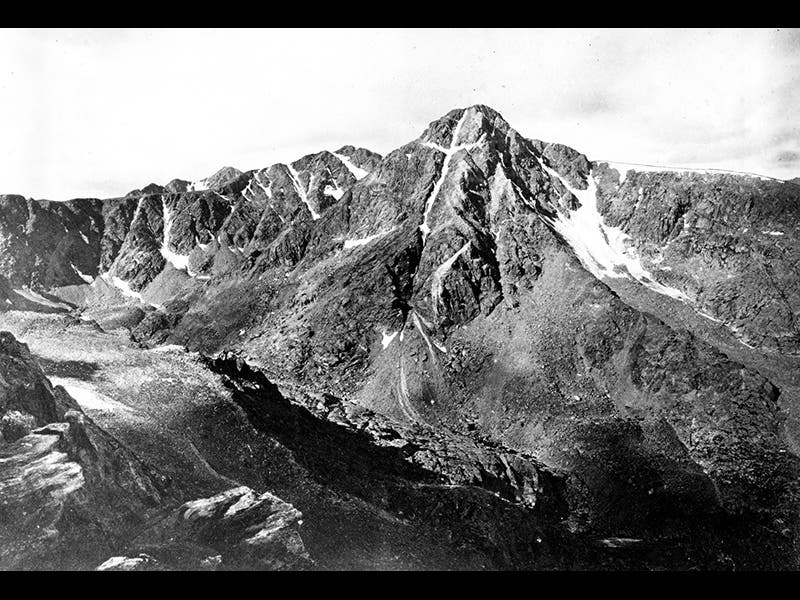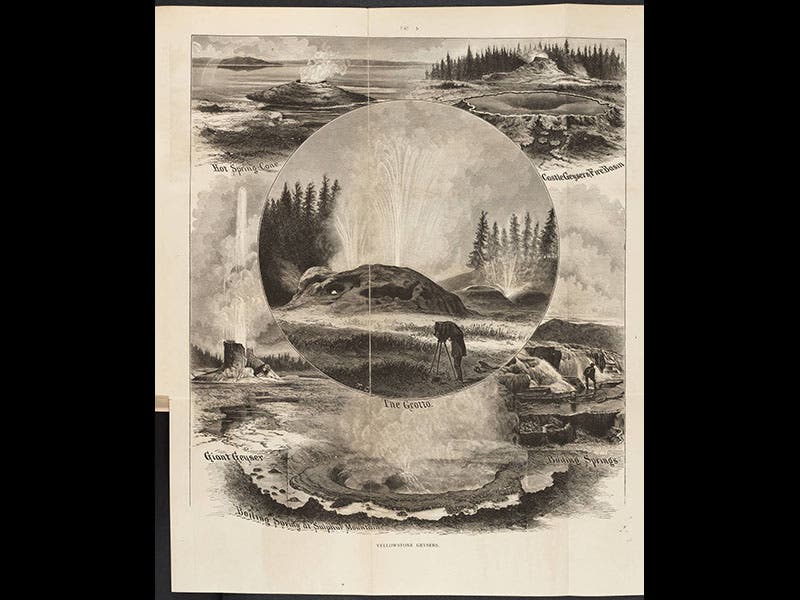Scientist of the Day - William Henry Jackson
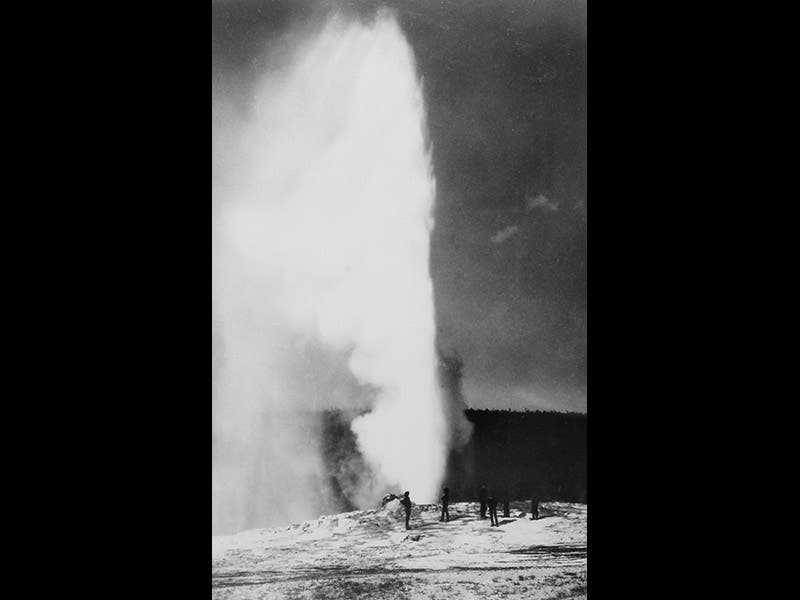
William Henry Jackson, a photographer of the American West, was born Apr. 4, 1843. Jackson was a talented artist who picked up the new craft of photography and discovered, to his surprise, that people would pay to have him document the events that were rapidly transforming the West. Working out of a studio in Omaha, Jackson's first commission came from the Union Pacific in 1869, where he photographed the westward expansion of the railroad to the driving of the Golden Spike. Then, in 1870, Jackson was invited by Ferdinand Hayden to join his first "Geological Survey of the Territories", exploring Wyoming. Jackson loved the wilderness, and he proved to have a real talent for both photographic technique and composition. Hayden invited him along on each of his nine annual summer expeditions. The second survey of 1871 explored the newly discovered Yellowstone area, and Jackson's photographs of such sites as Old Faithful (first image), the Grand Canyon of the Yellowstone (second image), and Mammoth Hot Springs (third image) are truly amazing, given the primitive wet-plate technology that Jackson was using. That spring Jackson accompanied Hayden to Washington, where the two labored hard to convince Congress to preserve the unique Yellowstone area from commercial encroachment. They were successful, and President Grant signed the bill creating Yellowstone Park--the first National Park--on Mar. 1, 1872. We featured several of Hayden's annual reports, illustrated with Jackson photographs, in our 2004 exhibition, Science Goes West, which is not yet available online.
Jackson's most famous photograph was taken during the 1873 Hayden expedition, when the survey had moved on from Yellowstone to the Sawatch Range of the Colorado Rockies. Rumors had swirled about a mountain marked with the sign of the cross, and in late August, Hayden and Jackson came upon such a mountain, with two ravines at right angles, filled with snow, to make a brilliant white cross. They spent the day of Aug. 23 maneuvering to a position on the mountain just opposite, and at dawn, Jackson was ready. He prepared 8 wet glass plates and exposed each of them to the cross across the valley; we see one of them above (fourth image).
Many of Jackson’s photographs were converted to wood engravings and published in Hayden’s annual reports, such as the montage above (fifth image). The last image is a self-portrait photograph of Jackson, taken the same year as the first Yellowstone expedition.
Dr. William B. Ashworth, Jr., Consultant for the History of Science, Linda Hall Library and Associate Professor, Department of History, University of Missouri-Kansas City. Comments or corrections are welcome; please direct to ashworthw@umkc.edu.

